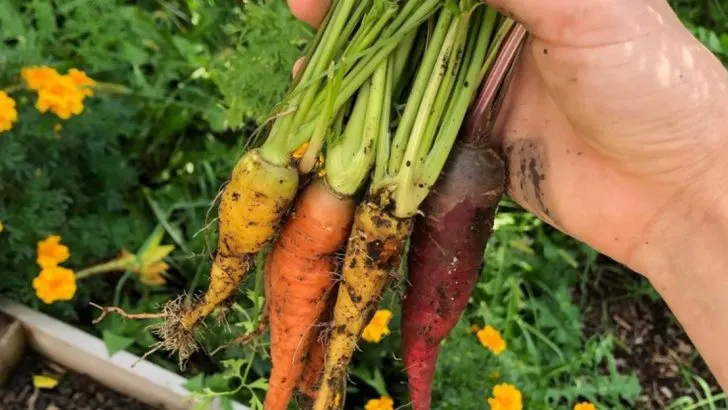It might feel like summer just hit its stride, but now is the perfect time to start planning for your fall harvest. Many of the best cool-season crops actually need to be sown in midsummer to hit their peak when autumn arrives.
From crisp lettuces and sweet carrots to cold-hardy greens and root vegetables, these crops thrive as temperatures drop—and some even get sweeter after a frost. Starting them now means you’ll enjoy a second wave of abundance, long after your summer garden starts to fade.
In this article, we’ll cover 15 reliable fall crops to start in summer, along with timing tips to help you maximize growth and flavor—before the first frost sneaks up.
Spinach
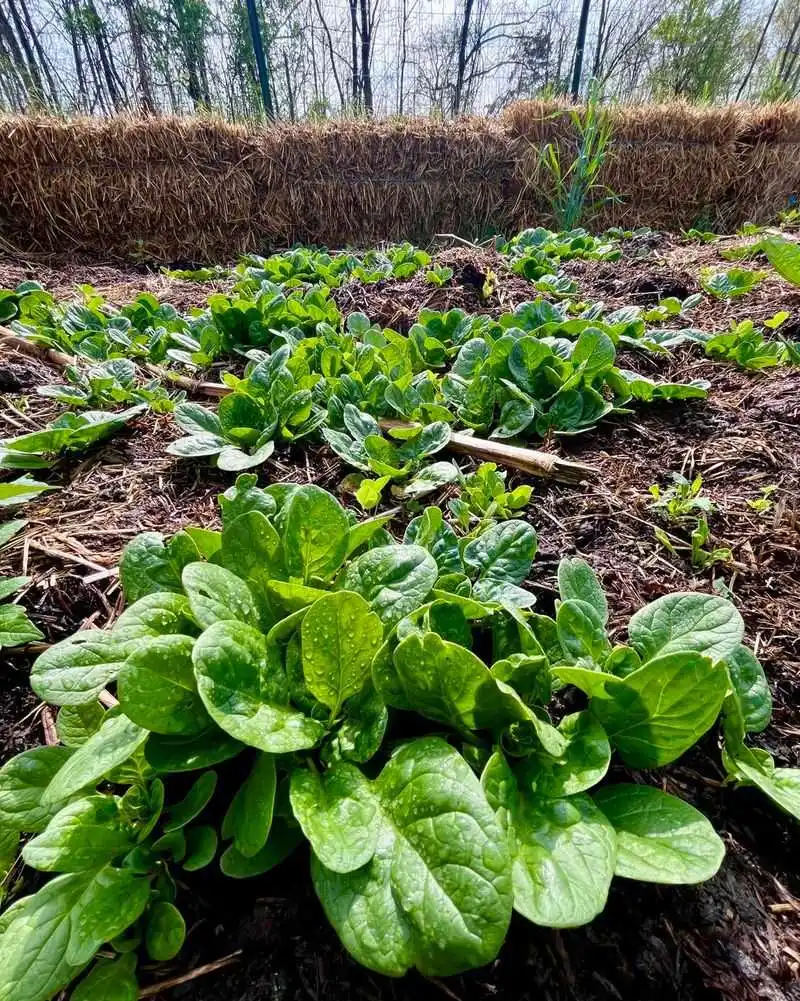
An early summer planting of spinach soon leads to a crisp, nutritious harvest as fall arrives. Spinach thrives in cooler weather, making it an ideal choice for this transition period. Its versatile nature means you can toss it in salads or cook it in various dishes. Often overlooked, this leafy green packs a potent punch of vitamins and minerals. Don’t miss out on growing your own fresh batch. It’s a simple crop that delivers a rewarding crunch with every bite. Just remember, with spinach, you’re not just planting greens; you’re cultivating good health.
Kale
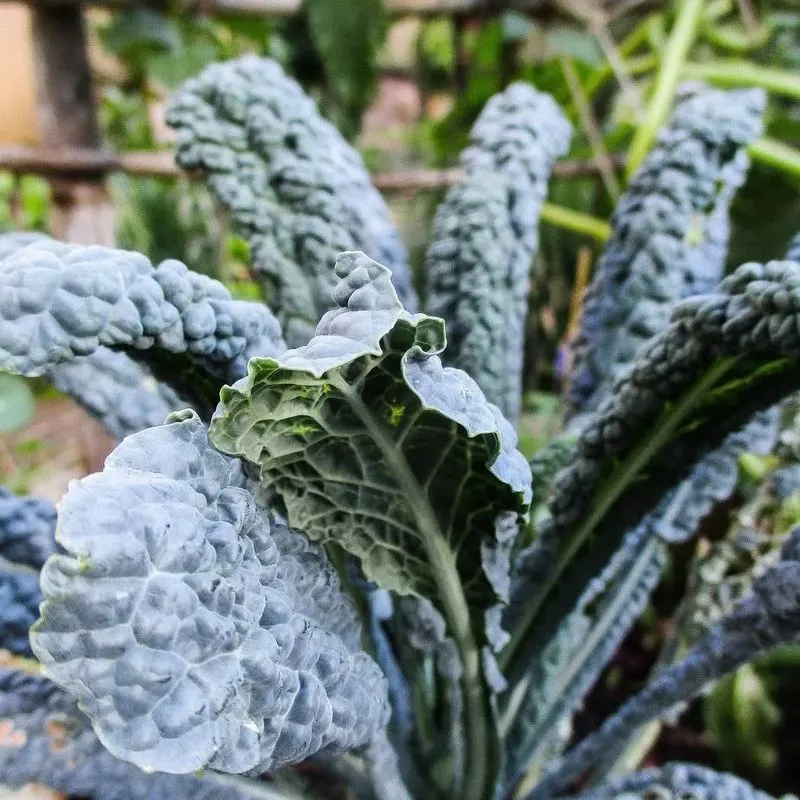
Kale isn’t just a superfood; it’s a super-easy crop to grow. As temperatures cool, kale’s flavor sweetens, making it perfect for fall. This hardy green is resilient against pests and can withstand light frost, enhancing its taste. Whether in smoothies or sautés, kale’s versatility shines. Its frilly leaves and vibrant color add visual appeal to gardens and plates alike. For those new to gardening, kale offers a forgiving growth experience. Start your seeds now to enjoy kale’s robust flavor and nutritional benefits when the leaves turn golden.
Carrots
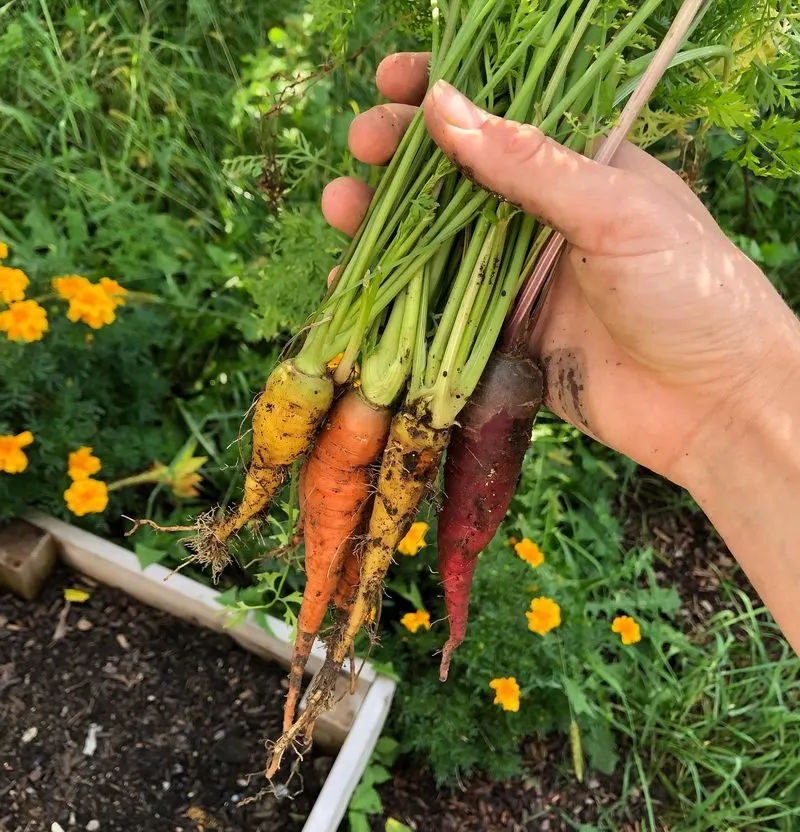
Carrots, with their bright hue, signal the promise of fall’s bounty. They are best sown in the heat of summer, allowing ample time to mature as autumn approaches. By fall, they’re sweet, crisp, and ready for harvest. These root vegetables thrive in well-drained soil and enjoy basking in the sun’s warmth. Carrots not only add color to your garden but also to your plate. Their crunchy texture is a favorite in both raw and cooked dishes. Start planting now, and you’ll soon pull out deliciously sweet roots.
Beets
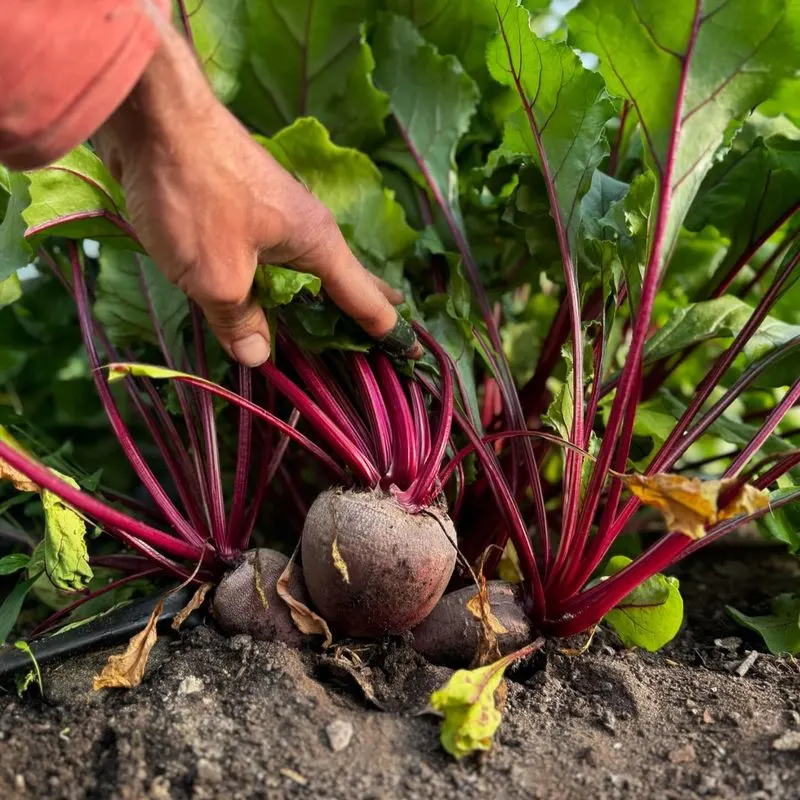
With natural sweetness and earthy flavor, beets are a gardener’s delight come fall. Plant them in summer to enjoy their rich taste as the season cools. Not only do beets add vibrancy to meals, but their greens are edible too, offering a two-in-one crop. Beets prefer cooler climates, making them perfect for fall harvests. They thrive in well-tilled soil, capturing nutrients efficiently. Their striking color makes them a standout in any garden. By planting beets, you’re investing in a versatile, nutritious vegetable that complements any dish.
Radishes
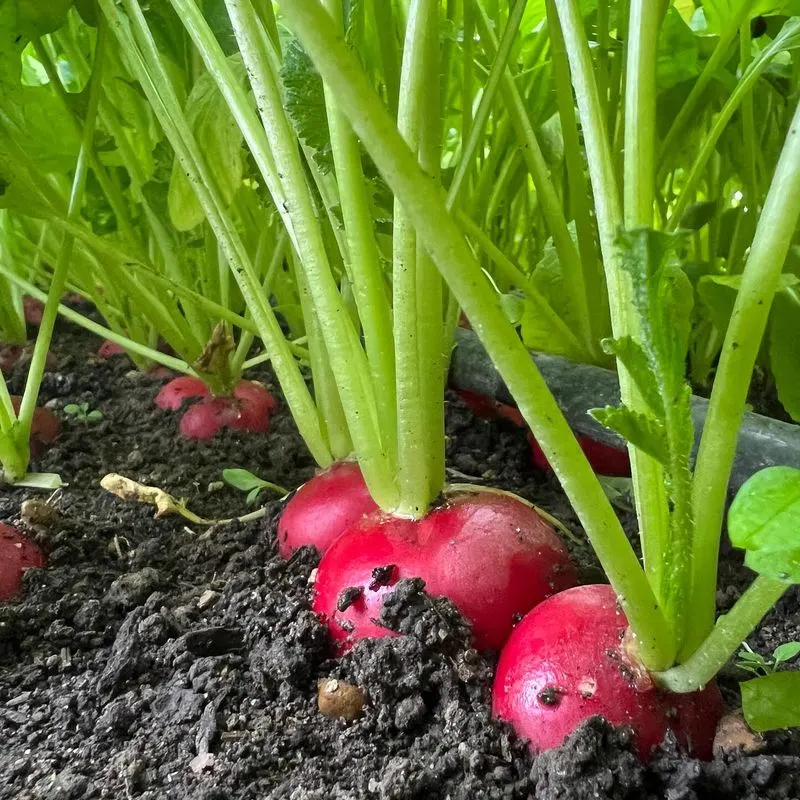
Radishes are the sprinters of the vegetable world, sprinting to maturity in just a few weeks. Plant them in the summer for quick results come fall. These peppery roots add zest to salads and garnishes. Growing radishes is a smart choice for those eager for a speedy harvest. Despite their quick growth, they are incredibly easy to cultivate. With vibrant colors and a crisp bite, radishes are a delightful garden addition. Their short growth cycle ensures you have fresh produce on hand even as temperatures drop.
Broccoli
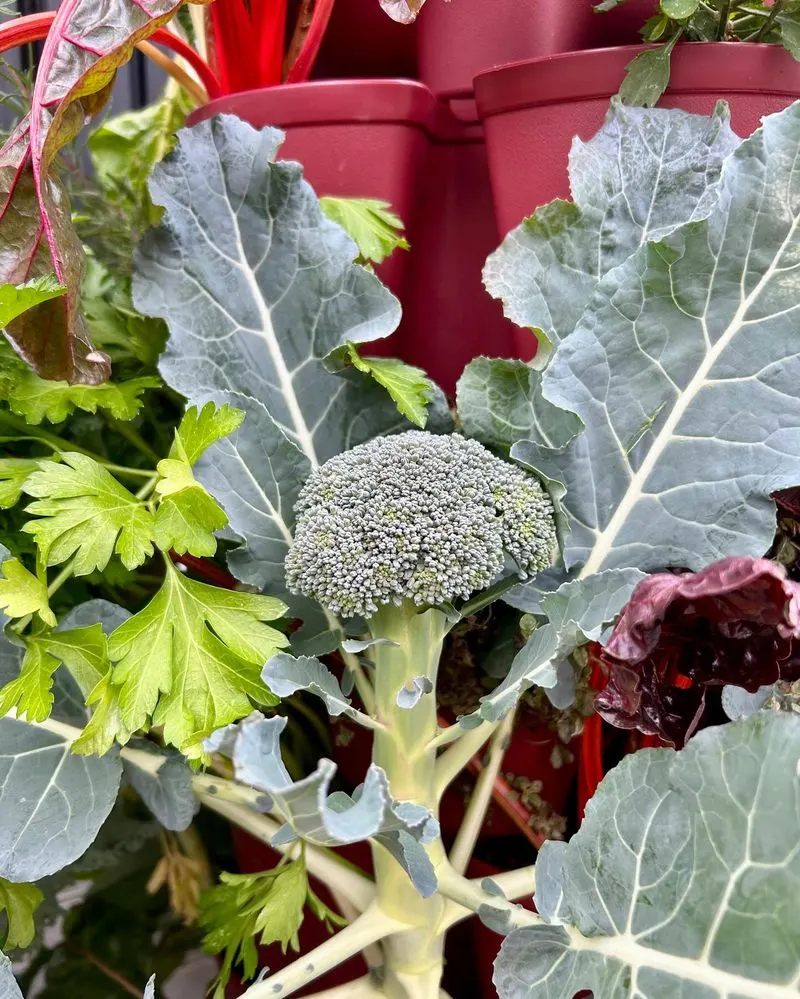
Broccoli’s reputation as a nutritional powerhouse is well-earned. Starting its journey in summer paves the way for a rewarding fall harvest. As temperatures dip, broccoli develops a sweeter taste, making it a favorite for cold-weather gardens. Its sturdy build and vibrant florets bring texture and flavor to various meals. Growing broccoli is more than an exercise in patience; it’s a testament to gardening skill. A summer start ensures robust heads ready for picking come fall. Cultivating broccoli means investing in healthful eating with every bite.
Brussels Sprouts
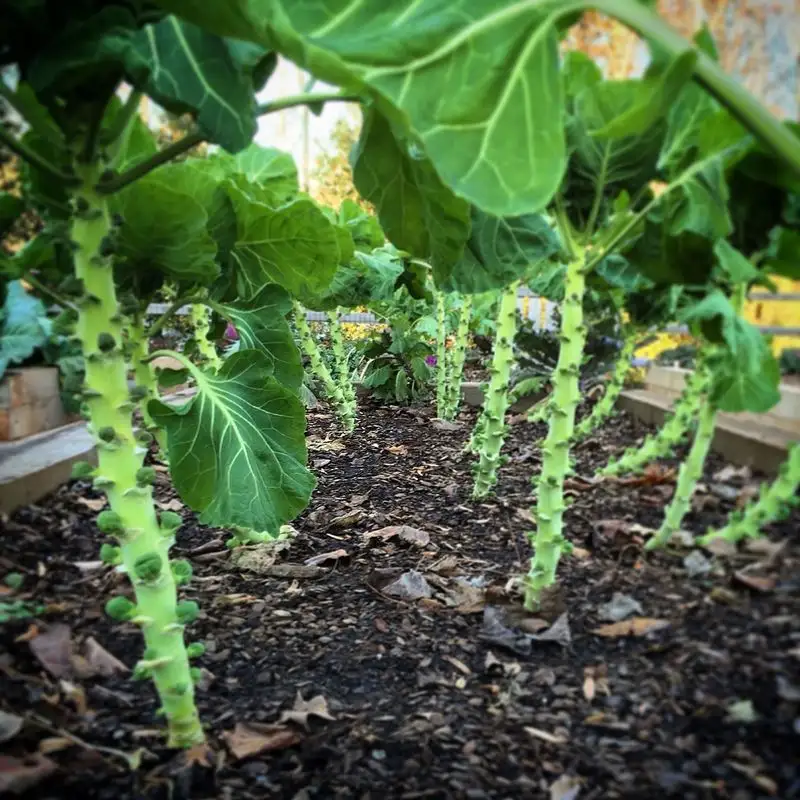
Brussels sprouts may be divisive on the table, but in the garden, they’re undeniably rewarding. Begin planting in the warmer months to allow ample time for these mini cabbages to mature by fall. Their long growing season is worth the wait, as cooler weather enhances their flavor. These compact sprouts add sophistication to any dish. Their orderly rows and distinct appearance make them an intriguing garden feature. Starting Brussels sprouts in summer ensures a bountiful, tasty harvest that even skeptics might enjoy.
Cabbage
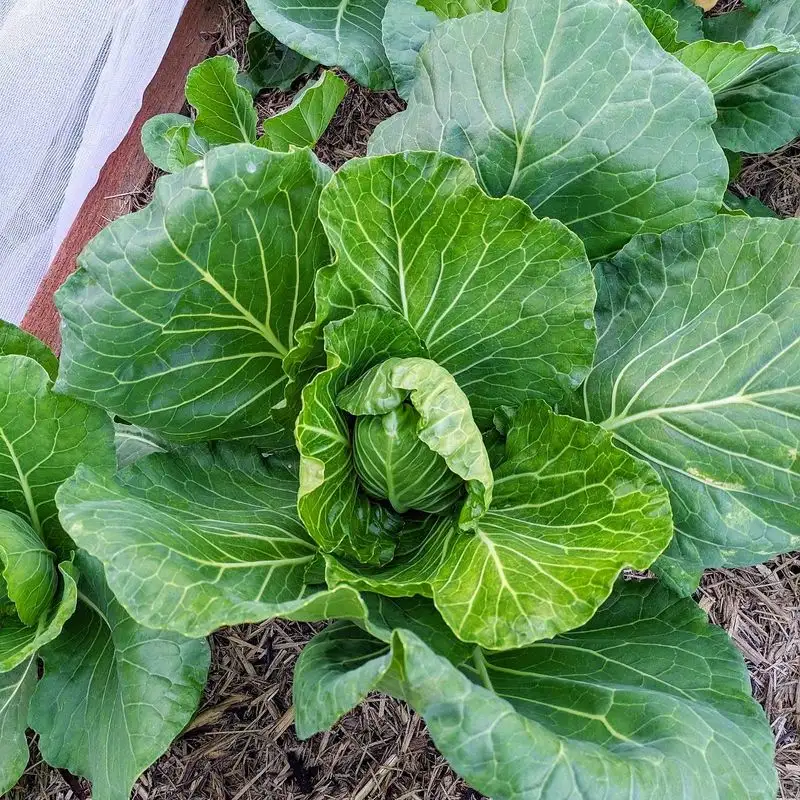
Cabbage, with its layered leaves, is a staple in fall dishes. Starting it in summer gives it time to firm up and develop rich flavors by harvest. This resilient vegetable tolerates cooler temperatures, making it an excellent choice for autumn. Cabbage is versatile, perfect for making slaws, sautés, and even fermented dishes like sauerkraut. Its hearty nature and unique texture offer gardeners a dependable crop. Summer planting ensures that when fall arrives, your garden is ready to provide this essential ingredient.
Leeks
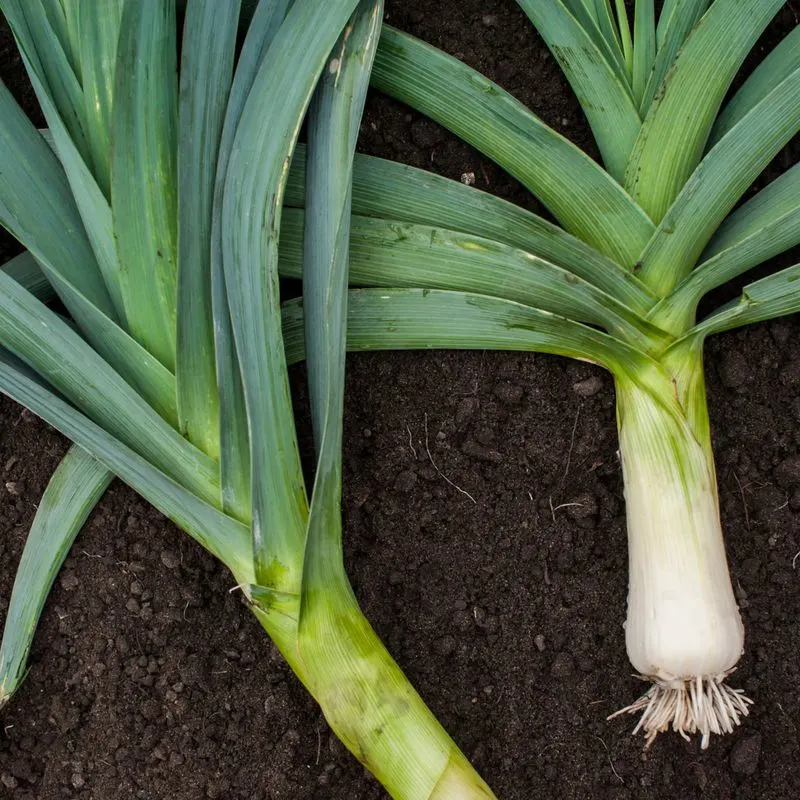
Leeks are often overshadowed by their onion cousins, but they hold their own in the fall garden. Their mild, sweet flavor is enhanced when planted in summer and harvested in cooler months. Leeks require patience but reward with their subtle taste, perfect for soups and stews. These tall, elegant stalks add a touch of sophistication to any garden. Their growth requires careful mounding to blanch the stems, a task well worth the effort. By starting leeks in summer, you ensure a delicious and refined addition to autumn meals.
Turnips
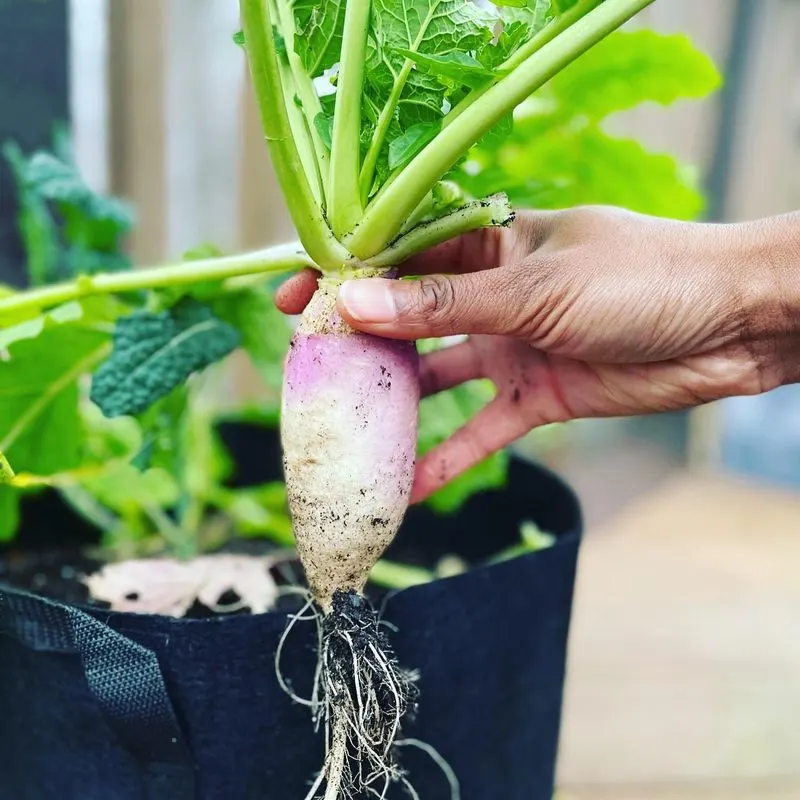
Turnips, with their unique flavor profile, are a dual-purpose crop, offering both roots and greens. Planting in summer allows them to develop, resulting in a sweet, crisp fall harvest. Turnips are well-suited to cooler climates, making them perfect for autumn. As a fast-growing vegetable, they provide quick satisfaction for gardeners. Their smooth texture and subtle taste lend themselves well to various culinary applications. Summer planting ensures turnips mature in time for fall enjoyment, adding depth and variety to seasonal meals.
Cauliflower

Cauliflower, known for its versatile culinary uses, benefits greatly from a summer start. As fall approaches, it’s ready for harvest, offering a mild, nutty flavor. This cruciferous vegetable is not just nutritious but also visually striking with its compact white heads. Cauliflower requires well-drained soil and consistent moisture for optimal growth. Its ability to adapt in various dishes makes it a favorite among chefs and home cooks alike. Planting in summer ensures you enjoy cauliflower’s bounty when autumn arrives, enhancing your garden’s output.
Swiss Chard
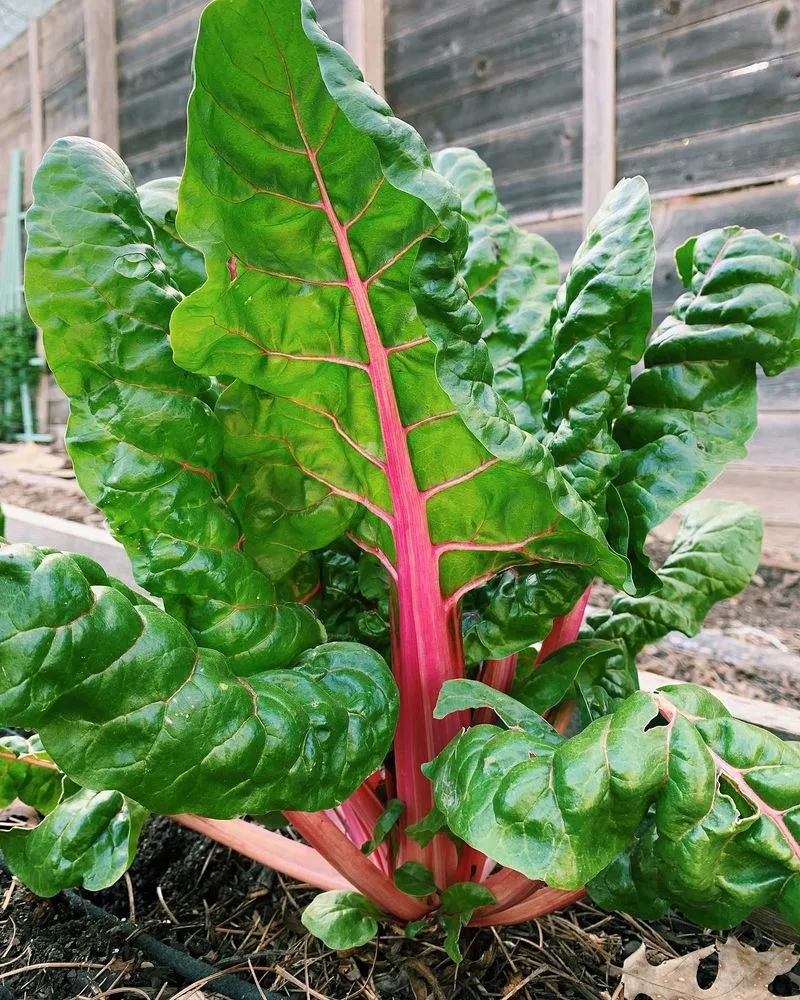
Swiss chard’s rainbow-colored stalks bring vibrancy to any garden. When planted in summer, it thrives through fall, offering continuous harvests. Known for its slightly bitter taste, Swiss chard is a versatile green that can be used raw or cooked. Its resilience in various climates makes it a favorite among gardeners. Swiss chard is not only a visual delight but also a nutritional powerhouse, providing vitamins and minerals. Embrace its beauty and benefits by starting it in summer, ensuring your garden stays green and productive.
Collard Greens
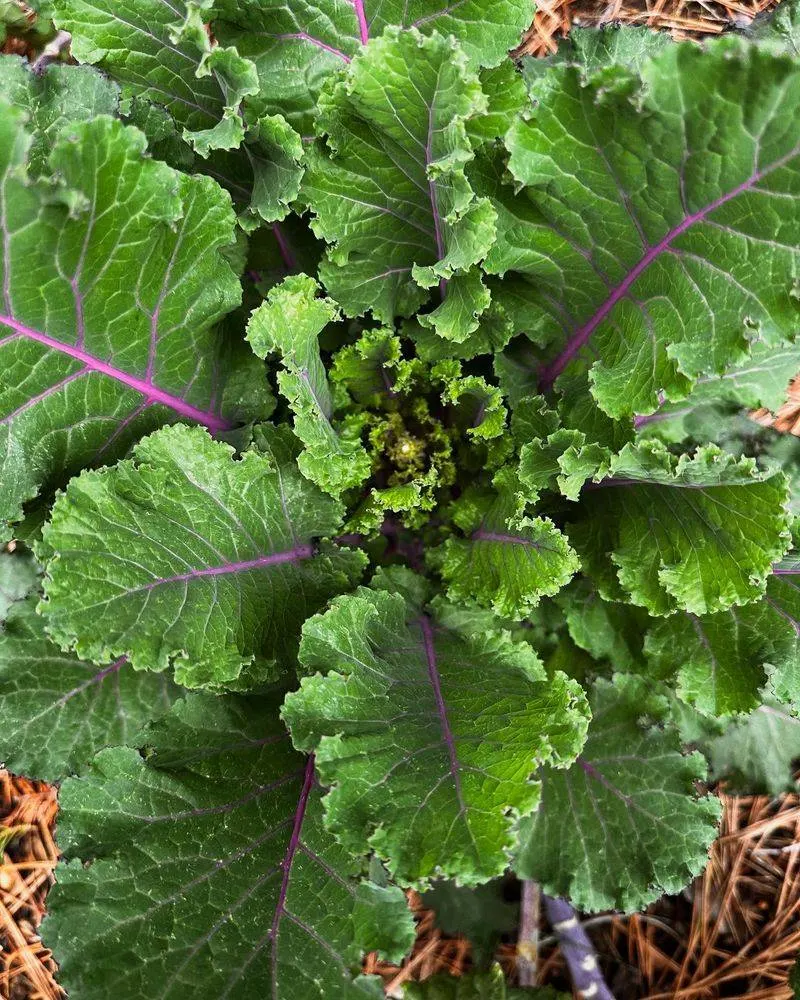
Collard greens, with their rich history in Southern cuisine, are more than just a side dish. Planting them in summer prepares them for a vigorous fall harvest. Known for their robust leaves and earthy flavor, collards are a staple in hearty meals. They thrive in cooler weather, gaining a sweeter taste as temperatures drop. Their large, fan-like leaves capture sunlight efficiently, promoting healthy growth. By planting collard greens in the summer, you invest in a crop that adds depth and nutrition to your fall menu, honoring tradition with every bite.
Mustard Greens
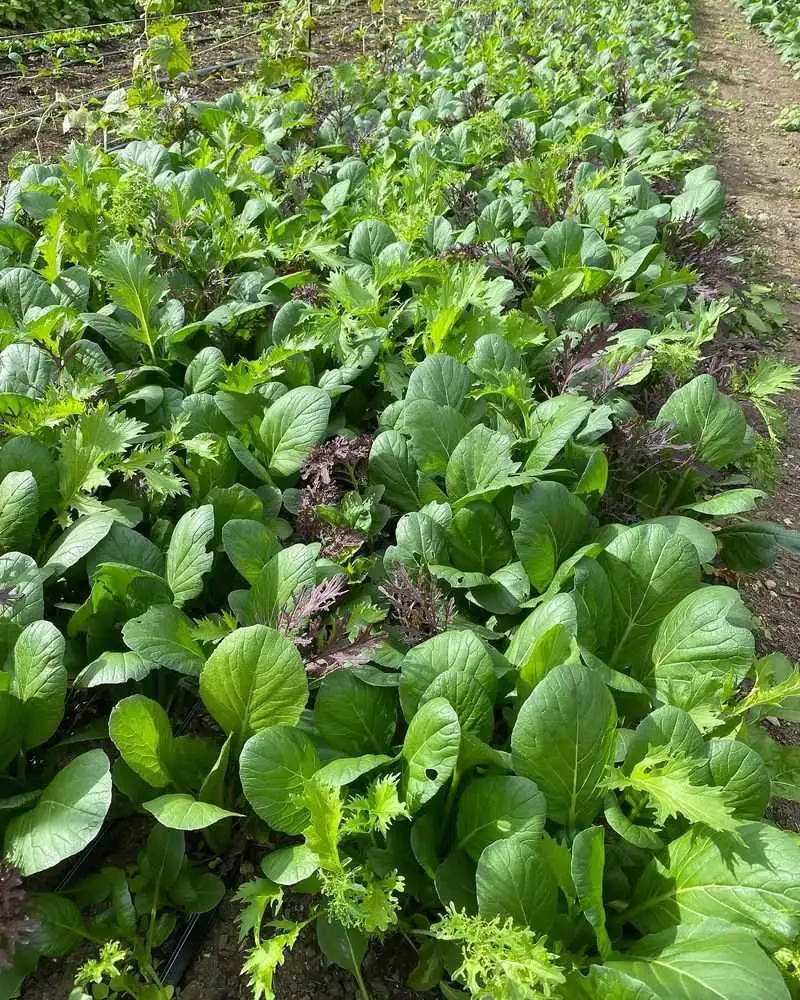
Mustard greens, with their peppery bite, bring zest to autumn dishes. Planting them during the warm summer months ensures a thriving fall crop. These greens are fast-growing and adapt well to different soil conditions. Their distinctive flavor is perfect for salads and stir-fries, adding a spicy kick. Mustard greens also boast a rich nutrient profile, making them a healthy choice for your garden. Their vibrant leaves and quick growth make them a rewarding addition. Summer planting guarantees a peppery harvest as fall settles in.
Parsnips
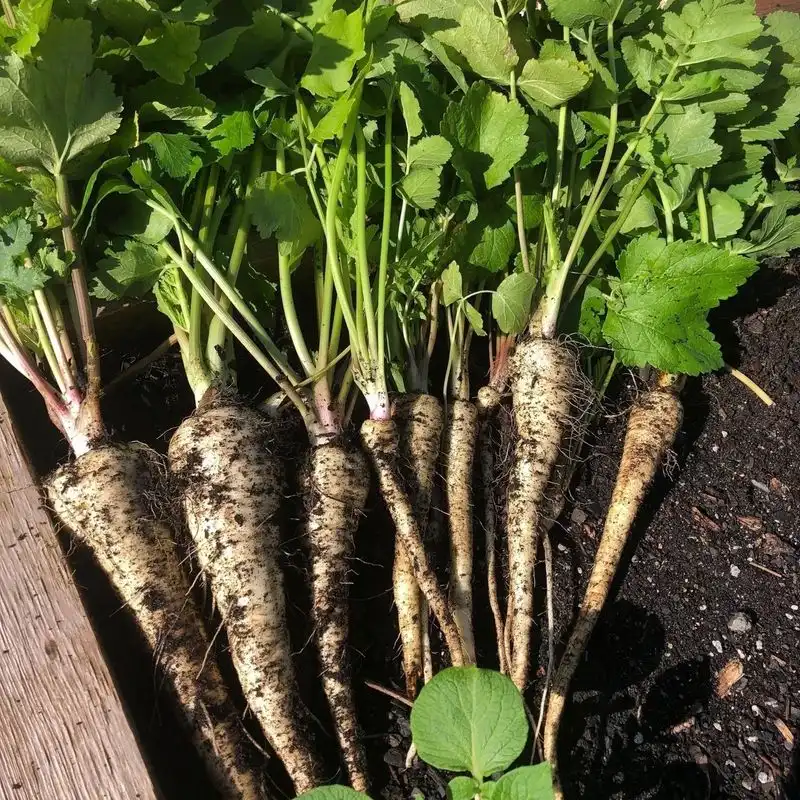
Parsnips, often overshadowed by carrots, have their own charm. As summer gives way to fall, these root vegetables develop a sweet, nutty flavor. Planting them in summer ensures they have time to mature before the first frosts. Parsnips require patience but reward with their unique taste and versatility in the kitchen. Their creamy texture is perfect for roasting or mashing, adding depth to dishes. By starting parsnips in summer, you prepare for a flavorful addition to your autumn table, celebrating this underrated vegetable’s potential.

